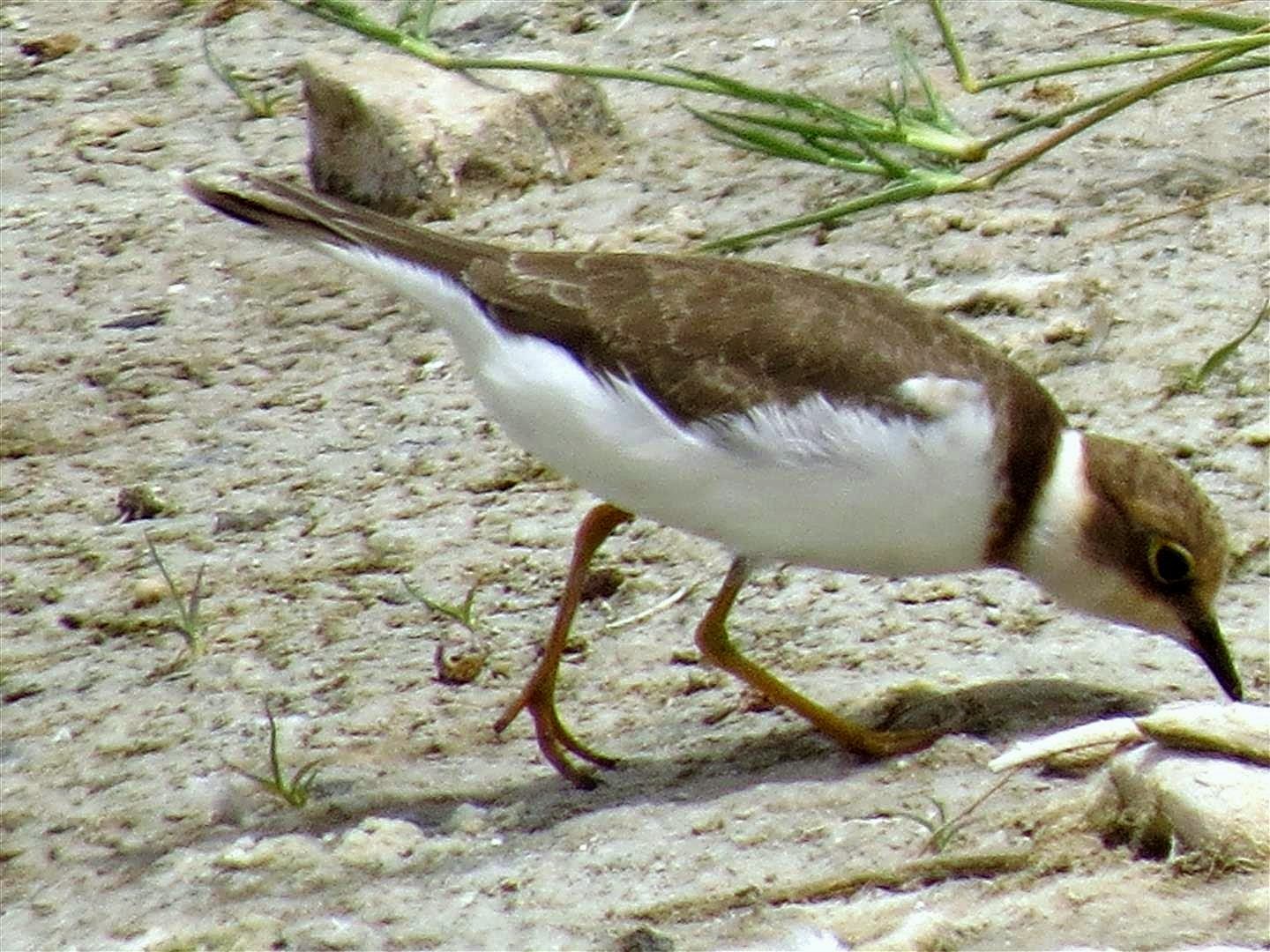I had no high hopes as they had been visited a week before. I decided I would concentrate on getting better photos of birds already seen in Oman.
As it happened things turned out very well.
Indian pond heron
A close Indian pond heron allowed me better photos than I had had before of this species.
Black tailed godwit
common redshank
I got closer to common redshank than they usually allow. Since the wadi wasn't very productive I quickly moved on to the Khawr. It was here that things got interesting.
grey plover with pacific golden plover
Among the 40 or so Pacific golden plover scattered around the site but concentrated on the sand bar was a grey plover.
grey plover
Grey plover is often a solitary bird on passage and in winter. This one was no exception. It soon flew off down the coast 50 metres to be alone. I followed it.
Caspian plover
When I turned back towards the sand bar that separates a khawr from the sea, there were tens of lesser sand plover and greater sand plover mixing with the pacific golden plover.
I suddenly realised that one of the closest plovers to me was none of these three species but a Caspian plover. It is far more graceful than the sand plovers.
Caspian plover with greater sand plover
Incidentally there is a big discrepancy between the size quoted for a greater sand plover in my three guides. Helms and, Madge and Beaman have it 10-15% larger than Collins. By comparing against other birds including the Caspian plover then Collins is right.
Caspian plover running
Caspian plover running further
Isabelline wheatear
The route to the central park means walking past the wadi again. A quick look there showed a several little ringed plover had turned up. This is another first for me in Oman.
Little ringed plover
Little ringed plover love little pebbly islands in fresh water and that is exactly where they were this time.
.
common redshank
Golden oriole
When I arrived at the park, I was lucky enough to get a clear view of one of the golden oriole. Last week I saw two. This week there were three: two females and a male. One female gave me a clean photo.
spotted flycatcher
There were no new birds from last week but I am hopeful about this location for this winter. A spotted flycatcher was also photographed.
grey-headed kingfisher
I am still seeing plenty of grey-headed kingfisher around the city. This is supposedly a summer visitor. I am beginning to wonder when they will leave.
a splash of colour
In the next blog, I'll report on my visit to Raysut treated water lake.

















No comments:
Post a Comment